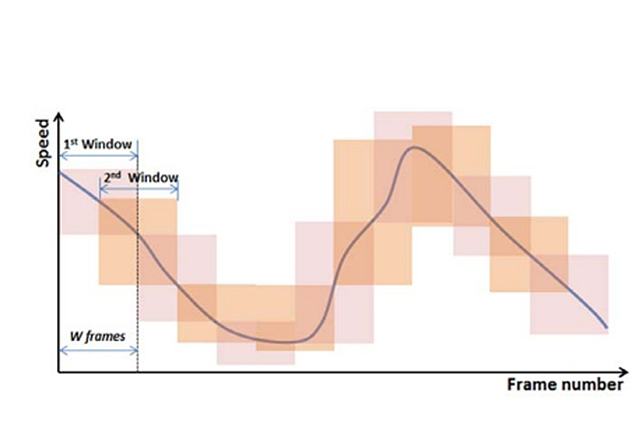AUTHOR: Worawat Choensawat
ABSTRACT: This paper proposes a method of similarity retrieval of dance motion capture data in which a new feature extraction technique is introduced based on short period of time as a fundamental component in the system for the improvement of similarity search precision. Joint speed has been mainly used as features of a particular motion. The proposed feature extraction
ผู้แต่ง: วรวัฒน์ เชิญสวัสดิ์
บทคัดย่อ: บทความนี้เป็นการนำเสนอถึง ขั้นตอนการสืบค้นความคล้ายคลึงกันของข้อมูลจับความเคลื่อนไหวของท่าเต้นรำและแนะนำถึงเทคนิคการสกัดคุณลักษณะแบบใหม่เพื่อเพิ่มความแม่นยำในการสืบค้น ด้วยการแบ่งข้อมูลออกเป็นช่วงสั้นๆ สำหรับการสืบค้นความคล้ายคลึงกันของท่าการเคลื่อนไหว ตัวแปรความเร็วข้อต่อของมนุษย์ได้ถูกนำมาใช้เป็นตัวแทนของลักษณะการความเคลื่อนไหวของมนุษย์
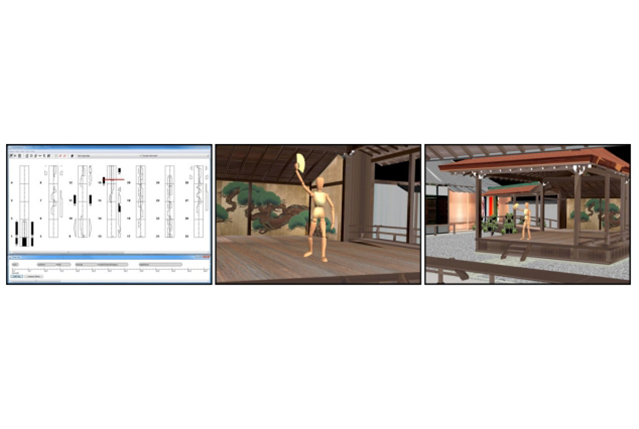
Labanohtation: Laban meets noh
AUTHORS: Worawat Choensawat, Sachie Takahashi, Minako Nakamura and Kozaburo Hachimura
ABSTRACT: Labanotation [Hutchinson, 2005] is a graphical notation scheme for describing human body movement that has been widely accepted for the purpose of recording human movements in the fields of choreography and dance education, mainly in Western dance communities. Labanotation is rich in symbols, and by using the full set of symbols almost all of our body movements can be described.
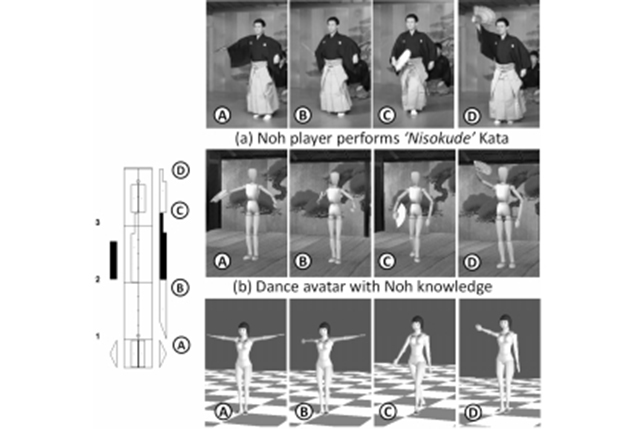
Autonomous dance avatar for generating stylized dance motion from simple dance notations
AUTHORS: Worawat Choensawat and Kozaburo Hachimura
ABSTRACT: When producing the animation of a body motion from the dance notation, the dance knowledge is a key for accomplishing high-quality movement. This knowledge enables the dancer to know how to perform the correct movement from a movement notation score. This paper presents an approach for automatically simulating a CG animation from Labanotation scores. We achieve this goal by the integration of a CG animation with a dance-style interpretation module which is called an autonomous dance avatar. In our experiment, we implemented an autonomous dance avatar to perform Japanese stylized traditional dance Noh plays.
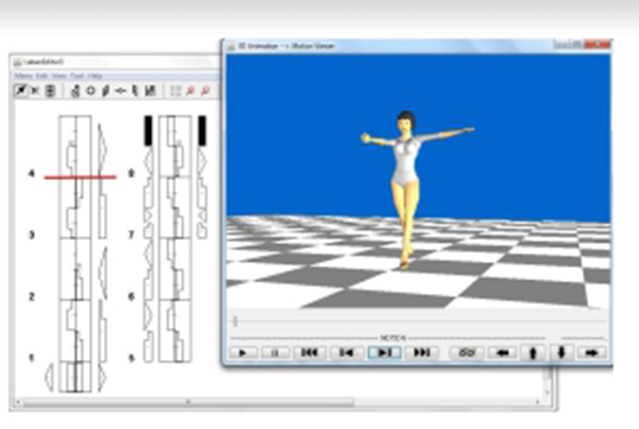
GENERATING STYLIZED DANCE MOTION FROM LABANOTATION BY USING AN AUTONOMOUS DANCE AVATAR
AUTHORS: Worawat Choensawat and Kozaburo Hachimura
ABSTRACT: When producing the animation of a body motion from the dance notation, the dance knowledge is a key for accomplishing high-quality movement. This knowledge enables the dancer to know how to perform the correct movement from a movement notation score. This paper presents an approach for automatically simulating a CG animation from Labanotation scores. We achieve this goal by the integration of a CG animation with a dance-style interpretation module and it is called an autonomous dance avatar. In our experiment, we implemented an autonomous dance avatar to perform a Japanese stylized traditional dance such as Noh-Plays. The result shows that the autonomous dance avatar can reproduce
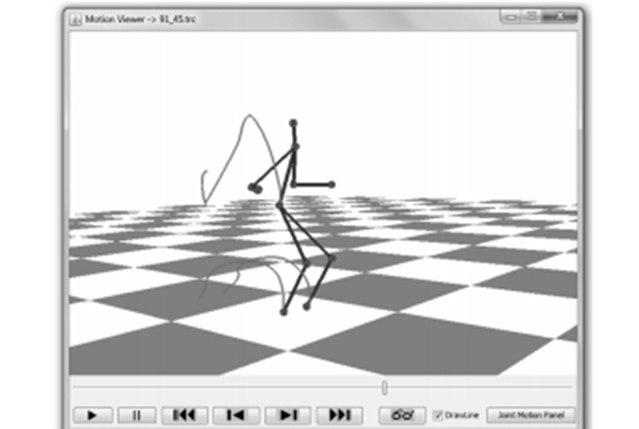
Similarity Retrieval of Motion Capture Data Based on Derivative Features
AUTHORS: Worawat Choensawat, Woong Choi and Kozaburo Hachimura
ABSTRACT: In this paper, we propose (1) a method of similarity retrieval of motion capture data in which a new feature extraction technique is introduced for the improvement of similarity search precision, as well as (2) a method to reduce the search time on a large database by using lower bound Dynamic Time Wrapping (DTW). For similarity search, joint speed has been mainly used as features of a particular motion. Our method differs from others in that we use not only the magnitude of speed but also the pattern of speed change. We measure the pattern of changing joint speed in a short period of time with the derivative of joint speed. In our experiments, we found that our
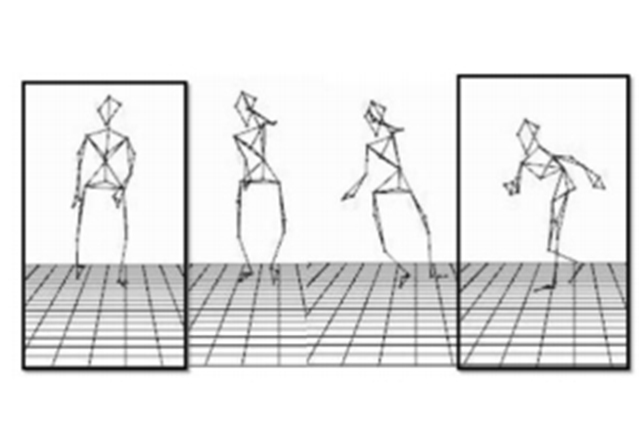
IMPROVED SEGMENTATION OF MOTION CAPTURE DATA USING SMOTE
AUTHORS: Worawat Choensawat, Woong Choi, Hiroyuki Sekiguchi and Kozaburo Hachimura
ABSTRACT: Segmentation is a key process of the motion-capture-data retrieval systems, which have been widely used in media technologies. This paper introduces a new method to improve the segmentation accuracy of complex motion data such as dancing. The proposed method is a neural network which is achieved as non-linear classifier in many applications. Use of SMOTE technique can overcome a defective case of neural networks in case the data set is seriously imbalanced. An imbalanced dataset is where the instances of one class far outnumber the other class. In our case, the ratio of segmentation and non-segmentation classes equal to 1:10. Our experimental results show the increasing percentage of both precision

Spatiotemporal Analysis of Circulation Behaviors Using Path And Residing Time displaY (PARTY)
AUTHORS: Kingkarn Sookhanaphibarn, Ruck Thawonmas, Frank Rinaldo and Kuan-Ta Chen
ABSTRACT: Spatiotemporal data displayed in a spatial layout are not the best visualization for simultaneously exploring visitor paths and comparing their residing time. A challenging problem is the visual analytics of circulation patterns in varying layouts commonly found in both real and virtual environments. A circulation pattern is defined as how visitors move within space regarding a sequence of visited items. Understanding and discovering the circulation patterns has received much attention from space designers for increasing visitor satisfaction. This paper proposes a layout-independent visualization approach that transforms the four dimensional data of visitor trajectories (3D-position+ time) into time series data. One time series datum represents
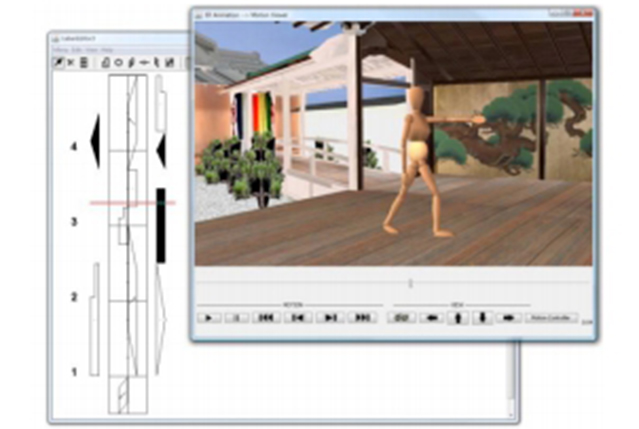
A Labanotation Editing Tool for Description and Reproduction of Stylized Traditional Dance Body Motion
AUTHORS: Worawat Choensawat, Sachie Takahashi, Minako Nakamura and Kozaburo Hachimura
ABSTRACT: We have long been conducting research on the description and reproduction of body motion based on Labanotation, and developed a system called LabanEditor. Labanotation uses a symbolic description and it is said that the notation can even describe motions of the fine each finger of a dancer. However, since, in this case, the resulting score staff will become extremely complicated, only the basic description has usually been used. On the other hand, there are styles of motion particular to traditional dances, and if we restrict ourselves to handling these dances, the basic notation scheme is insufficient to describe these motions. Based on the above, we
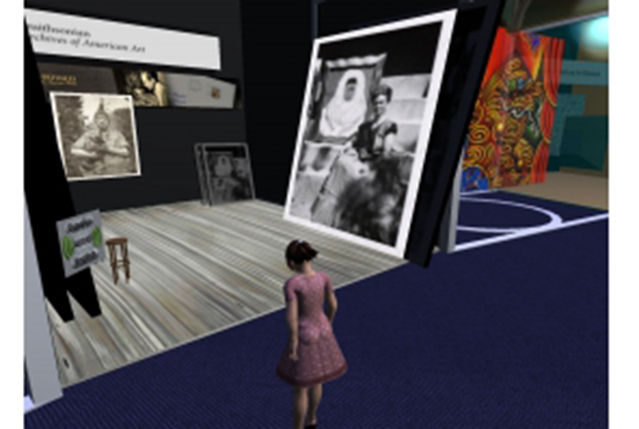
A Framework for Design and Evaluation of Digital Museums in Second Life as Learning Institutions
AUTHORS: Kingkarn Sookhanaphibarn and Ruck Thawonmas
ABSTRACT: Over two decades, a great expectation on digital museums has been addressed, but most implementation platform has been web technologies. Emerging Second Life which supports rich communication, virtual collaboration, and 3-D content creation has carried out a new platform of digital museums. This paper investigates the requirement of idealized digital museums to improve the percentage of returning visitors and to impress the first-time visitors. The framework for design and evaluation of digital museums in Second Life as learning institutions is elaborated and discussed in the paper.
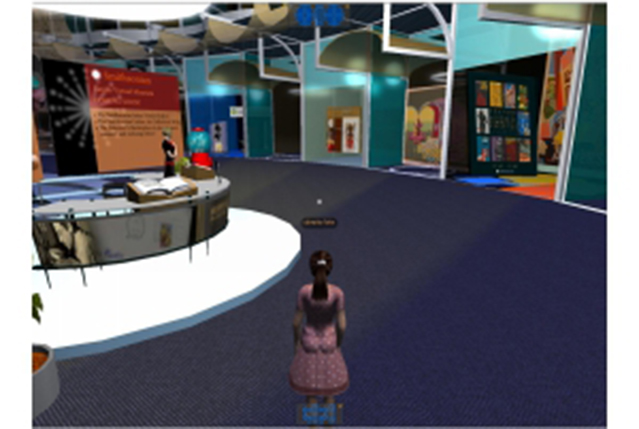
A Content Management System for User-Driven Museums in Second life
AUTHORS: Kingkarn Sookhanaphibarn and Ruck Thawonmas
ABSTRACT: Over two decades, a great expectation on digital museums has been addressed but most of them have been implemented based on web technologies. Emerging Second Life, which supports rich communication, virtual collaboration, and 3-D content creation, has brought a new platform to digital museums. As a result, a way to systematically manage and arrange a tremendous amount of information in SL museums is required. In addition, dynamic content and context to encourage audiences to return to the museum more frequently must be designed based on audience drives and preferences. In this paper, a Content Management System (CMS) of digital museums in Second Life is presented to cope with these issues. Six proposed modules are the integral parts of CMS to handle data
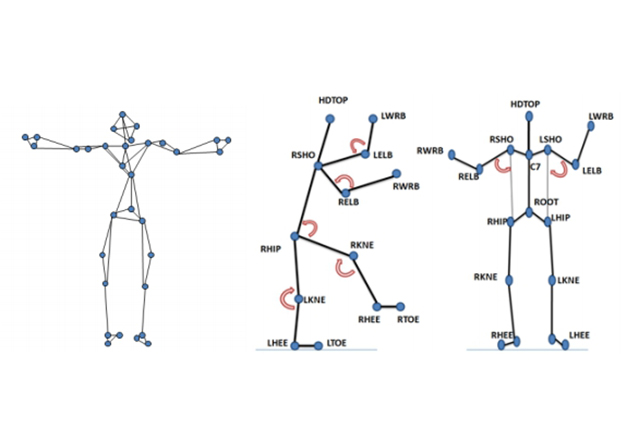
A Quick Filtering for Similarity Queries in Motion Capture Databases
AUTHORS: Worawat Choensawat, Woong Choi and Kozaburo Hachimura
ABSTRACT: A similarity retrieval of motion capture data has received substantial attention in recent years. In this paper, we focus on feature extraction and quick filtering methods in the similarity retrieval system. A representation of motion capture data is joint angles, which can distinguish different human body poses. We propose a new technique for dimensionality reduction based the average and variance of joint angles. Our dimensionality reduction is simple to

Facial Metrical and Caricature-Pattern-Based Learning in Neural Network System for Face Recognition
AUTHORS: Jakarin Smitaveja, Kingkarn Sookhanaphibarn and Chidchanok Lursinsap
ABSTRACT: Face recognition technology has been an increasingly important module in security systems. A challenging problem is how to extract features tolerant to the appearance variables such as changes in shape, illumination, and occlusion. Extracted metrical features of facial caricatures that are combined with their facial photographs in the training set are examined. The facial caricature is a personal representative amplifying perceptually significant information of individuals. Unlike Eigenfaces, Fisherfaces, and Laplacianfaces, the twenty-nine metrical features that used in this study do not depend upon illumination and occlusion variables. Our results show that facial caricature-trained neural networks outperform significantly of those








